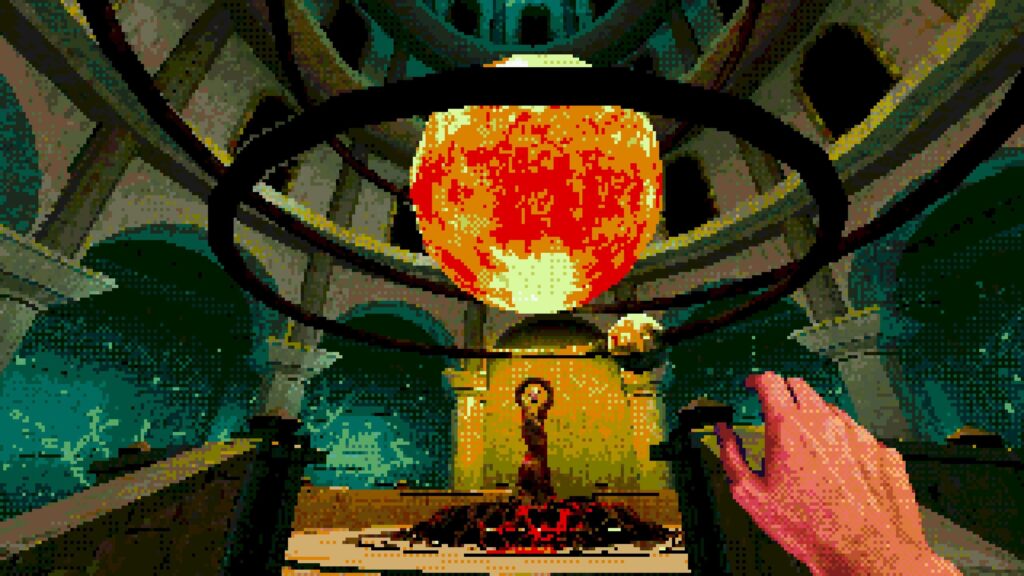
PC
Can a visceral horror game be made with composure? That’s a word that keeps occurring to me as I play the truly astonishing horror walking sim Eclipsium. This is a game that looks and feels ways I don’t feel I have the vocabulary to describe, as if itself created by an eldritch horror that our minds cannot truly perceive. In fact, so much so that in attempting to write this review (after forming my critical opinion) I did something I’ve never done before: I reached out to the developer for help.
Given I’d already fully made my mind up about the game – that I adored this terrifying and astonishing creation – I have no integral issues with this process, in order to better understand how it was possible to make after playing. And you’re not my dad, you can’t tell me what to do. But before all that, let’s try to capture Eclipsium in feeble, mortal words.
I loathe the term “walking sim” because it always feels so pejorative. Let’s invent a new term for the genre… How about “Exploration Game”? Eclipsium is an exploration game, in which you play the Wanderer, a man apparently doomed to search for “Her”, no matter the physical or emotional cost. What this means in practice is walking through a series of deadly landscapes, depicted in the most mindblowing pixelated detail I’ve ever seen, while constantly having your breath taken away at its art, design and surrealist violence.
And yes, deadly, because unlike in so many… exploration games, death is a common possibility. But gosh the game handles it so incredibly smartly. Each death returns you to the strange doctors office-like building where the game begins, but when you push open the double-doors through which you first began exploring the uncanny vistas, with progress you’ll find the final corridor will wildly change, exiting into the section of the game you’d most recently reached. In other words, there’s little progress to lose, but each death becomes its own intriguing vignette.
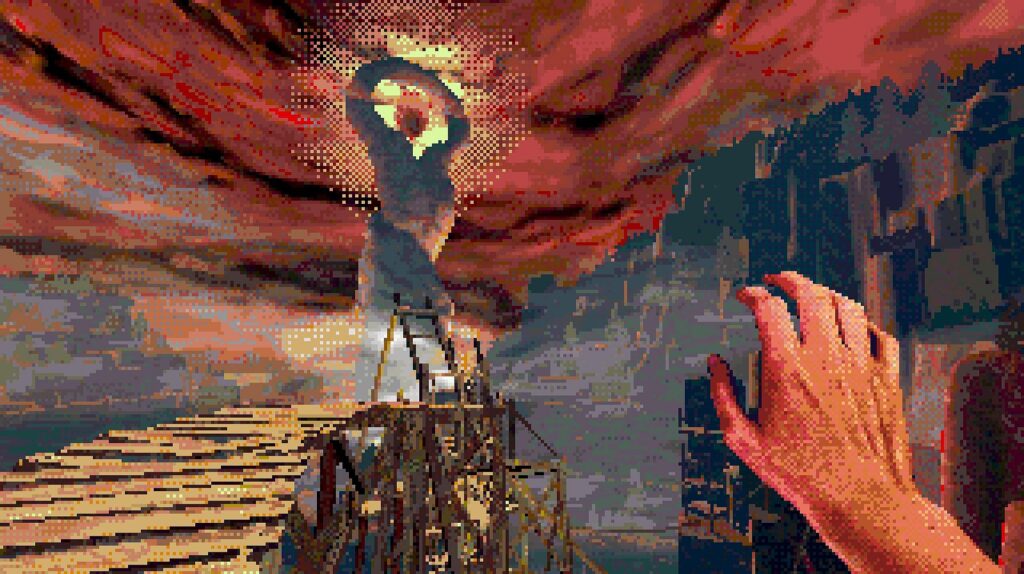
So, the first utterly shocking moment comes very early on, when seemingly out of nowhere your character – until now walking through what seem like the corridors of that doctor’s office – suddenly and gruesomely cuts out his tongue. This is a first-person game, so in the moment it’s horribly unclear what’s happening, but for the brutality of the sounds, and then you see it held in his realistic pixelated hand. Not a great deal later we get to enjoy his literally ripping his own heart out.
These self-mutilations are done in the name of some intangible form of progress – a progress seemingly inferred by the Wanderer from the world around. In sacrificing parts of himself, he gains new abilities for his hands, such as the ability to (oh god) stab through his little finger lengthways with a knife to create a bladed edge, or puncturing an expanding hole through his palm that allows him to see hidden paths.
The hand is especially distinctive, clearly based on real photographs and then devolved into a jaggedy pixel shape. This in particular most strongly reminded me of 1995’s Stonekeep, the evocative sub-reality of the human hand in a drawn fantasy world, and it has a powerful effect on the sense of borderline unreality that powers this extraordinary game.
Somehow all of this is made more viscerally upsetting through the faux-crudeness of the art. I say “faux” because there’s nothing truly crude about Eclipsium‘s pixel work. It is, instead, some of the most extraordinary graphical work I’ve ever seen. Again, I’m clutching for the ethereal words to describe this, but imagine animated pointillism, where colours are made of emotions. Does that mean anything to anyone else? The world is almost two-dimensional until you make the slightest movement, whereupon the shifting surfaces of every wall, plant and revolting horror sings itself alive. “Sings” is clearly an insane word to choose, but I just sat here trying to think of a better one and got nowhere. I need some help.
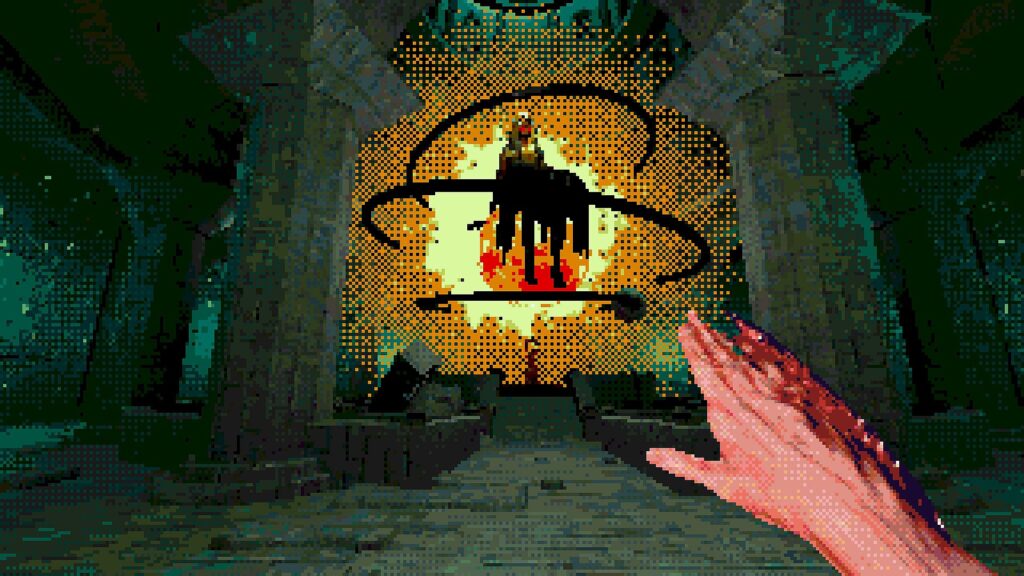
So, with all my views and opinions of the game fully made, and all of the above already written, I reached out to developer Housefire’s Emil Forsén to ask for that help. “While the game’s look is very much inspired by ’90s first-person games, we decided early on that we didn’t necessarily want to replicate the look of those games one-to-one” the Swedish developer told me over Discord. Instead they chose to borrow elements, but create their own unique style. One “which more resembled animated pixel art than an actual 3D game.” And the words I didn’t have in my vocabulary: “The most stand-out effect that we use is probably the dithering/pixelation effect.” Wonderfully, Forséngets into proper details about how this works:
“For this we render the game on to a 320×180 canvas on to which we limit the color palette to a small, handpicked color selection that we thought looked good. Due to the way this color palette and resolution distorts the image, it ended up shaping the rest of the game’s look. Lighting and textures had to be tweaked just right to work within the narrow color palette, while compositions and 3D models were made to appear as readable as possible in 320×180. Even shadows had to be adjusted to be as dark and sharp as possible to properly stand out.”
As for that hand, I’m told it required a different approach. “[We] applied a completely different colour palette and post-processing from the main game, and exported it in 12FPS as a collection of sprites,” explains Forsén. Who else had figured that one out?
“We also used more subtle tricks to keep the look distinct,” says Forsén of the overall game. “For example, we used an ‘acid trip’ effect that slightly shifts the hue and gamma values back and forth which creates this really interesting breathing effect.” Breathing! That’s it, it’s not “singing”. The world is breathing.
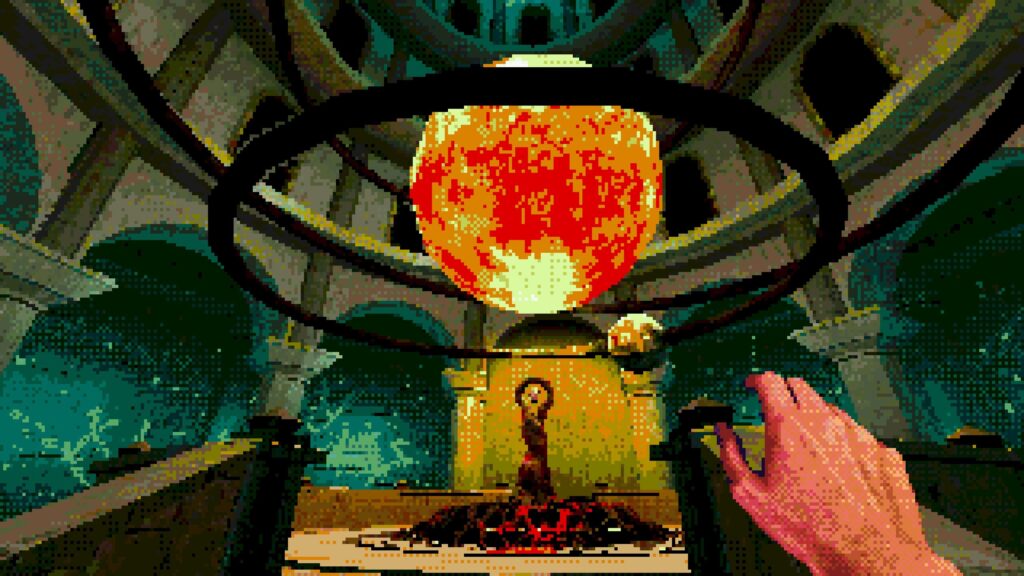
I also asked about inspirations, given I couldn’t stop thinking about a combination of Stonekeep and Amnesia: The Dark Descent. Now, I suspect I was only aging myself with the first reference, but Amnesia was an influence, alongside Scorn, Mouthwashing, and Signalis. But the team was more influenced by art outside of games. “We’re trying something we call ‘Contemplative Horror’ (patent pending),” says Forsén, “where the horror comes from the self (body horror, phobia, sense of dread) rather than an externalised part (gore, jump-scares). So we’ve been looking at directors like Lynch and Cronenberg, who both are masters at the uncanny and twisted, and artists like Helene Schjerfbeck.”
So there you go – proper, informed words to describe what I would have boiled down to, “swirly and discomforting visual singing”.
The results, either way, are remarkable. It’s a fascinatingly disturbing game, but – yes – in that Lynchian/Cronenbergian way where if someone asked you to pin down exactly what it was that was making you feel so squirly you’d have trouble beyond, “HE RIPPED OUT HIS OWN HEART!” And, you know, fair play, that’s possibly a good reason too.
Eclipsium has been out since September, and has received well-deserved praise on Steam, but as is so peculiarly often the case for popular indie games, almost no mainstream reviews or coverage – and that’s despite coming from the same publisher as critical darling Mouthwashing. I’m hoping this can put it on a few more radars, so more people will be alerted to something quite so extraordinary.
- Housefire / Critical Reflex
- Steam
- £11/$13/€13
- Official Site
All Buried Treasure articles are funded by Patreon backers. If you want to see more reviews of great indie games, please consider backing this project.
91



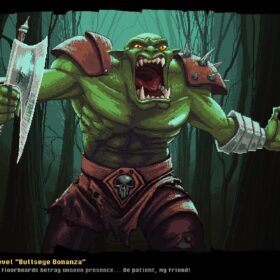
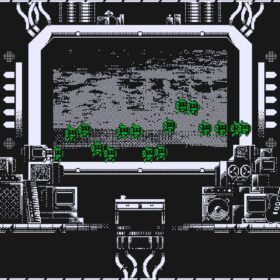
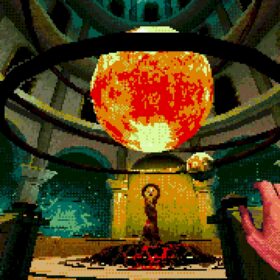

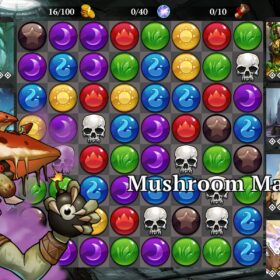
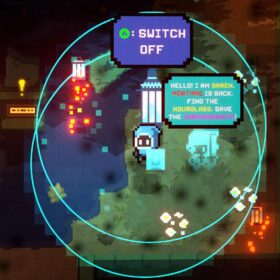

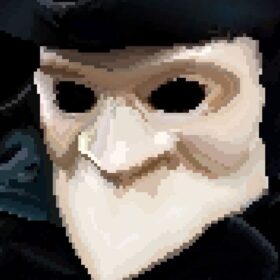
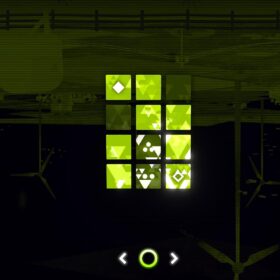
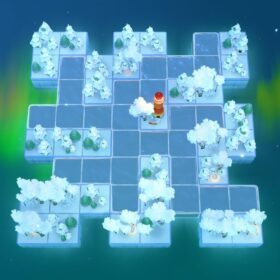
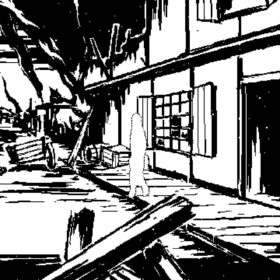

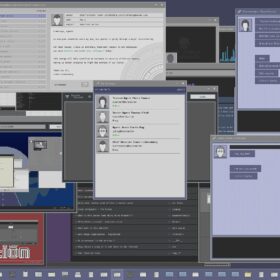

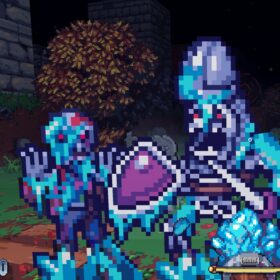
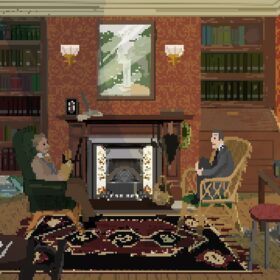
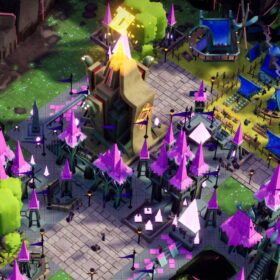
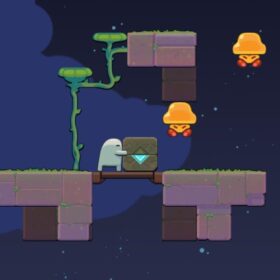
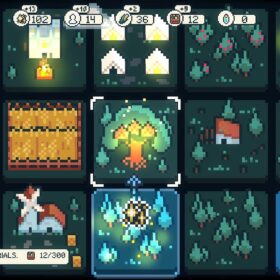

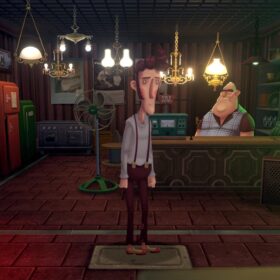
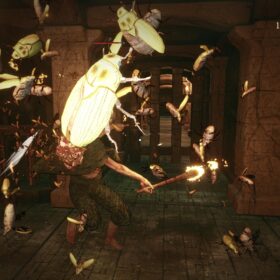

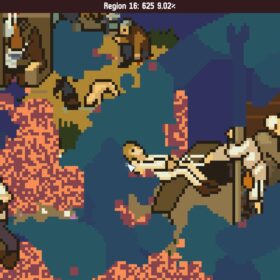
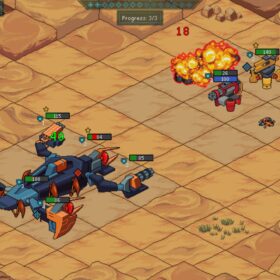

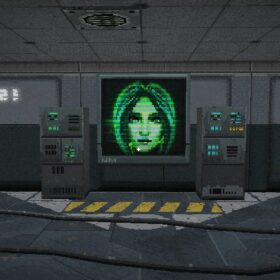
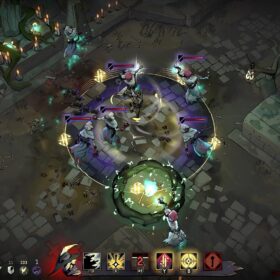
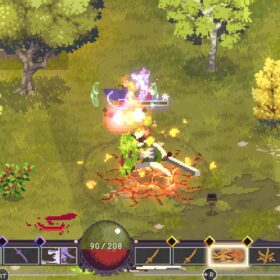
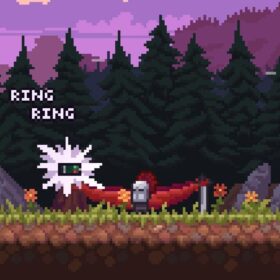
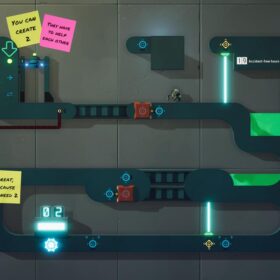
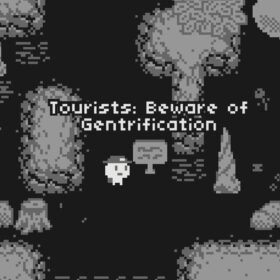

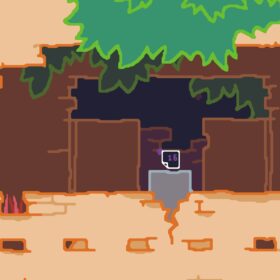
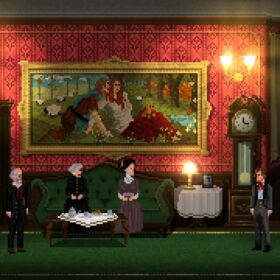

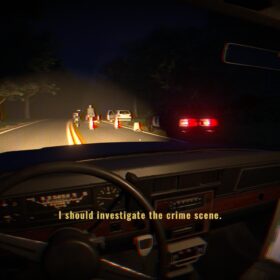
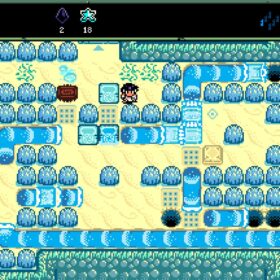
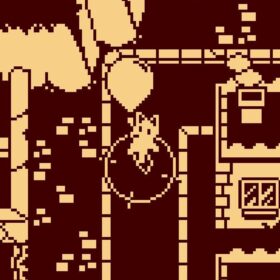
As a fan of walking simulators, for better or worse, it’s the genre we are stuck with it, so I’m all for sticking with it. Many have tried to differentiate roguelikes with roguelites, or invent new names for metroidvanias (like explore-action), etc. with no success. We even have metroidbrainias now which is ridiculous but still the one we use. And anyway, in my head, exploration = non-linear, like Outer Wilds, so I think it wouldn’t be a good name to describe a game like Dear Esther.
On another note, thank you for the recommendation, I’ll probably play it soon, it seems great!
The death sounds very much like how the original Prey handled things, one for the list.
I loved it. Straight in as one of my favourite games of all time. Thanks for highlighting it. So many incredible truly dreamlike visuals, I’m sure I’ll go back to it more than once. I would also give a lot of praise to the soundtrack by Hudson Bikichky – genuinely one of the best in years. There’s a certain track, that plays during a climatic scene reproducing key visual aspects of the different locations in the journey, that builds and builds with each change in the environment in such a powerful way that it brought a tear to my eye.